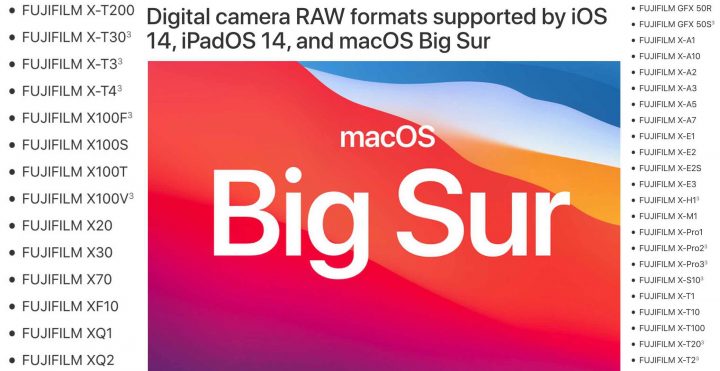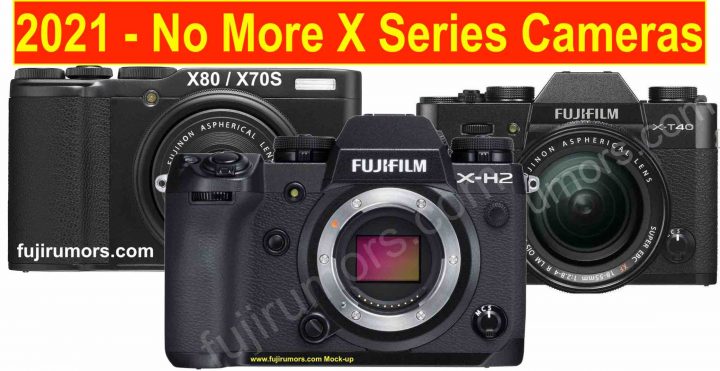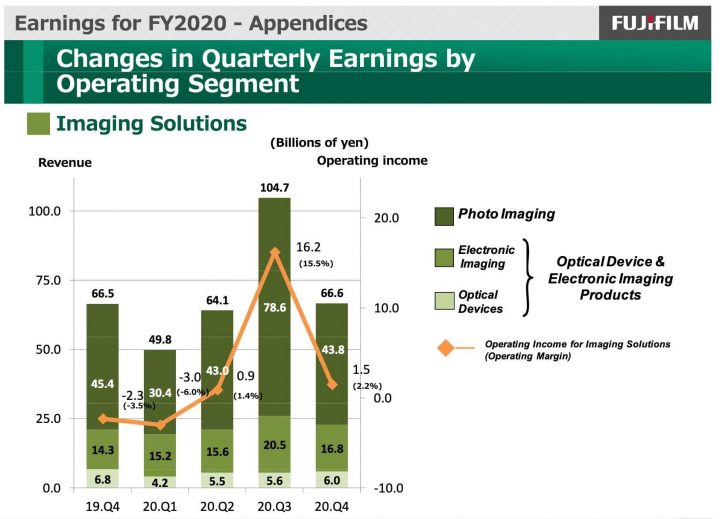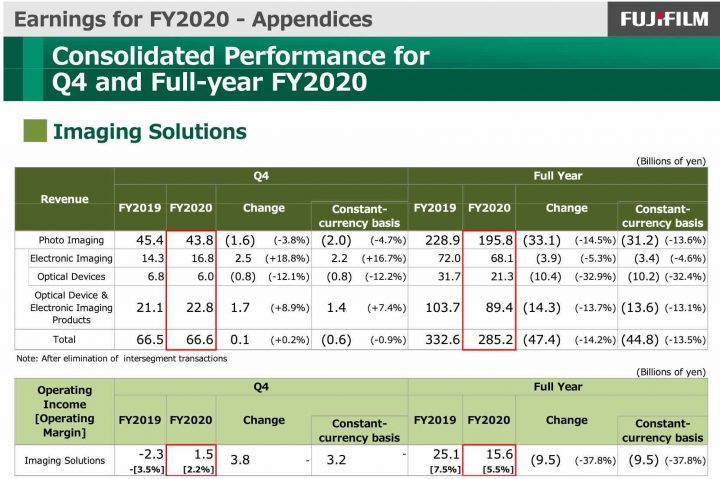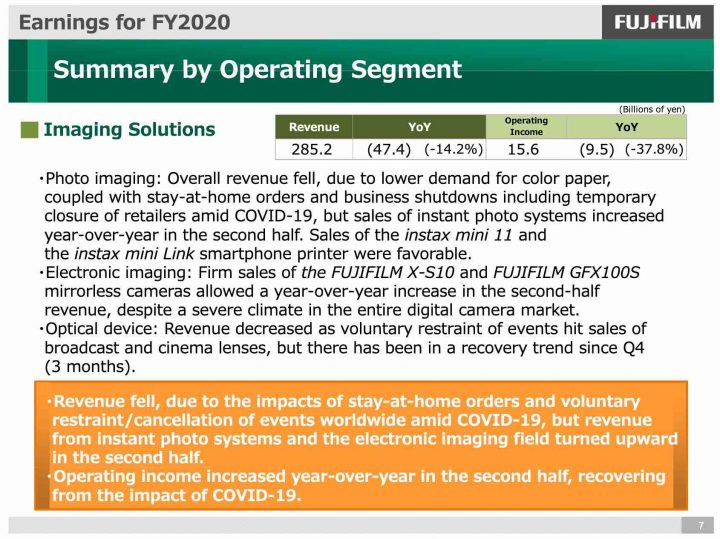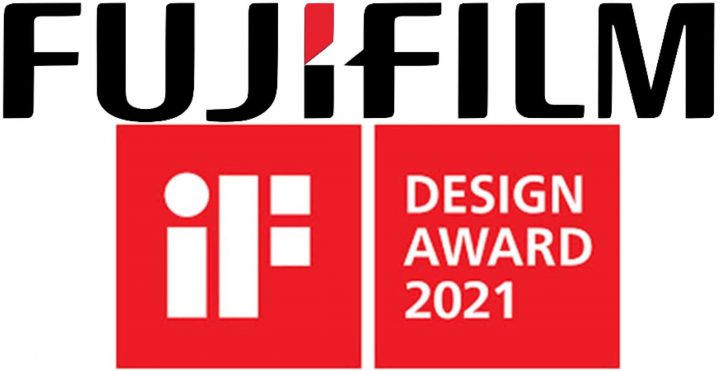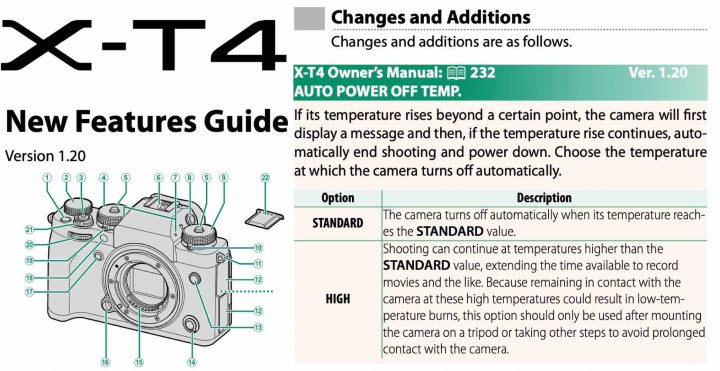Fujifilm has published its financial results for Fiscal Year 2020 (from April 1, 2020 to March 31, 2021).
So how did Fujifilm perform in the year of the COVID-19 pandemic?
In a nutshell:
- Instax is going strong
- broadcasting and cinema lenses suffered most due to cancellation of events (such as the Olympic games) caused by the Coronavirus pandemic
- Fujifilm X and GFX series had a tough start but recovered greatly later in the year thanks to the Fujifilm X-S10, Fujifilm GFX100S and GF80mm F1.7 R WR, allowing a year-over-year increase in the second-half revenue
For the imaging solution, this translated in an operating income that amounted to ¥15.6 billion (down 37.8% year-over-year).
It is curious they do not mention the Fujifilm X-T4 in their reports, which hit the market in spring 2020. Maybe it’s the camera that suffered most from the pandemic, as it was released right when the pandemic started, factories were shutting down and there was the biggest uncertainty on how the pandemic would evolve.
And once the situation was getting more clear and better, Fujifilm had already a mini X-T4 on the market, the X-S10, which was smaller, more affordable, mainstream ergonomic choices and IBIS, making it probably a top pick over the X-T4 for many. Plus the X-T3 saw some substantial rebates, so if you don’t need IBIS and hate selfie screens, the X-T3 was still the better choice.
This time the bad timing was definitely not Fuji’s fault (as opposed to the X-H1 and X-T3 release timing), but mere bad luck.
Here are some excerpts:
